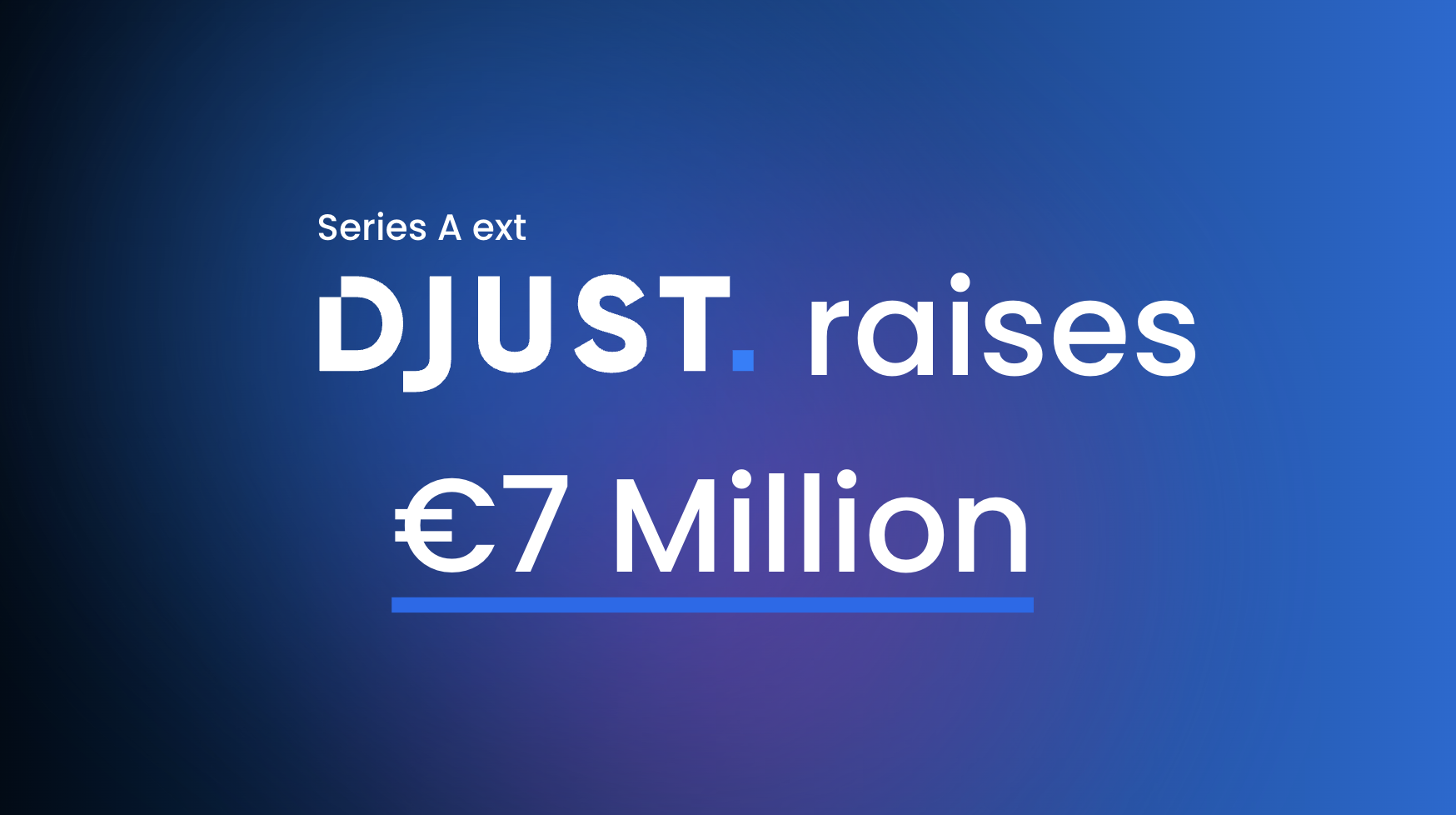

How B2B Marketplace Payments Are Disrupting Traditional B2B Payment Models
The world of B2B commerce is being reshaped by the rise of digital marketplaces. Where once transactions were governed by offline negotiations, delayed invoicing, and paper-heavy processes, we now see the emergence of fast, fluid, and tech-enabled interactions. Payments, long considered a rigid component of B2B trade, are at the heart of this transformation.
As B2B marketplaces mature, they’re not only simplifying procurement—they’re reinventing how trust, liquidity, and multi-party transactions are managed. Let’s look at how embedded finance is changing the game, how platforms are addressing trust with smarter payment mechanisms, and what it takes to manage payments in a multi-vendor world.
The rise of B2B marketplaces and embedded payments
B2B marketplaces are no longer niche. In sectors ranging from wholesale retail to industrial supply, digital platforms are becoming the default channel for sourcing and selling. McKinsey estimates that B2B marketplaces could reach $3.6 trillion in sales globally by 2025, up from $680 billion in 2018[^1].
At the core of this growth is the integration of embedded payment solutions. These allow buyers to pay directly within the marketplace interface—via credit, BNPL, invoice, or direct debit—without ever leaving the platform.
Case in point:
Mirakl, one of the leading enterprise marketplace platforms, integrates Adyen’s embedded payment stack to enable real-time payment tracking, fraud management, and even financing options for buyers—all within a unified environment.
For sellers and marketplace operators, embedded payments bring three major advantages:
• Reduced cart abandonment and faster order completion
• More predictable cash flow
• Lower overhead compared to legacy invoicing systems
By removing friction from the payment step, marketplaces are creating buying experiences that feel closer to B2C—while maintaining the complexity and scale of B2B.
Building trust through escrow and instant settlements
One of the main barriers to B2B marketplace adoption has historically been trust. Buyers are often hesitant to pay upfront to unfamiliar vendors, while sellers are wary of non-payment or delayed remittances. In response, digital marketplaces are building financial infrastructure that acts as a trust layer between transacting parties.
Escrow is one of the most effective tools here. It protects both sides of a transaction by holding funds until specific milestones are met—such as confirmed delivery, approval of goods, or successful onboarding.
Example:
Faire, a B2B marketplace for wholesale retail, uses escrow to hold funds until the buyer has received and approved the goods. This not only reduces disputes but also increases buyer willingness to transact with new suppliers.
Academic research backs this up. A 2021 study published in the Journal of Business Research found that the presence of escrow mechanisms on digital platforms significantly reduces perceived risk and increases transaction completion rates[^2].
In parallel, instant settlements are helping vendors—particularly small and mid-sized ones—maintain healthy cash flow. Platforms like Stripe Connect offer infrastructure that allows funds to be instantly distributed to vendors, even if the buyer is paying on net-30 or net-60 terms.
These features turn payment from a liability into a service: one that creates trust, speeds up reconciliation, and improves the overall experience on both sides.
Managing complexity in multi-vendor environments
As marketplaces scale, they often evolve from simple listings into sophisticated multi-vendor ecosystems. This introduces a new layer of complexity: how do you manage payments when a single order involves multiple sellers, currencies, taxes, and jurisdictions?
One of the main challenges is split payments. Funds from one buyer may need to be routed to three, ten, or even fifty vendors—each with different commission structures, contractual terms, and bank account setups. Add regulatory requirements like KYC, tax reporting, and VAT management into the mix, and it becomes clear that manual processes can’t scale.
What’s needed is orchestration: a payments engine that can automate:
• Splitting funds across vendors (net of platform fees or commissions)
• Handling local tax rules and currency conversion
• Reconciliation of transactions across buyers, vendors, and the platform itself
Real-world example:
Djust offers modular capabilities that enable B2B marketplaces to manage complex payment logic. Whether it’s setting specific payment terms per vendor, or automatically reconciling transactions across a multi-supplier order, Djust allows operators to focus on growth rather than back-office overhead.
Deloitte calls this shift the move toward “orchestrated payment infrastructure”[^3]. Instead of seeing payments as a post-transaction activity, leading platforms are embedding it directly into the core of the B2B marketplace engine.
From operational burden to strategic advantage
The evolution of payment models in B2B marketplaces is more than a functional update—it’s a strategic shift. Platforms that handle payments seamlessly are not only creating smoother buying journeys, they’re building the kind of trust, speed, and flexibility that businesses increasingly demand.
At a time when supply chain agility, liquidity, and customer experience are top priorities, payment innovation is proving to be a critical differentiator. In this new era of B2B commerce, how—and how fast—you get paid might matter just as much as what you sell.
Discover Djust Pay
At Djust, we believe B2B payments can become a true growth driver for businesses. That’s why we built Djust Pay—a solution designed to simplify and optimize every step of your professional transactions.
Key features of Djust Pay:
- Native API integration for a seamless, unified payment flow (web, mobile, app);
- Multi-currency and localized support to serve all your markets;
- Enhanced security, with virtual IBANs and ultra-fast onboarding.
By centralizing your transactions, Djust Pay gives you real-time visibility into cash flow, automatic reconciliations, and customized reporting. The outcome? Reliable payment matching, lower operational costs, and tighter control over your treasury.
For CFOs, this translates into:
- Greater flexibility in payment terms (dynamic discounting, virtual cards, etc.);
- Stronger supplier relationships through faster, smoother settlements;
- Time savings and fewer errors thanks to automation.
With Djust Pay, you move beyond a mere administrative task—turning payments into a genuine engine for performance and loyalty.
References
[^1]: McKinsey & Company. (2023). How B2B marketplaces are reshaping industries. Retrieved from mckinsey.com
[^2]: Lins, S., & Sunyaev, A. (2021). Escrow services in digital platforms: A trust-building mechanism? Journal of Business Research, 124, 456–464.
[^3]: Deloitte. (2022). The future of payments: Building a modern B2B payments infrastructure. Retrieved from deloitte.com



.jpg)

